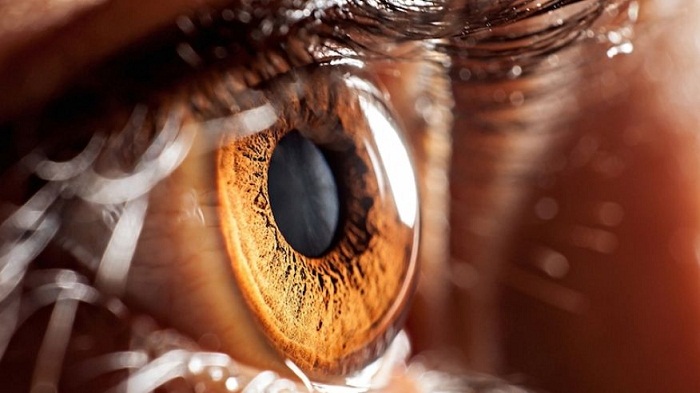Stem cells could restore vision after eye disease

This is the first time researchers have successfully transplanted the cells that sense light, the retina`s light receptors, so that these cells connect to the host`s nervous system and send signals to the host`s brain, the researchers said.
"We were at first very excited to see that the transplants do robustly respond to light," Dr. Michiko Mandai, the first author of the paper and a deputy project leader at the RIKEN Center for Developmental Biology in Japan, told Live Science.
The researchers hope to eventually increase the number of connections between the cells in the host`s degenerated retina and the stem cell transplants, Mandai said. This could allow the mice to see not only light, but also a large figure or movement, Mandai said.
The retina is the layer of tissue at the back of the eye that actually senses light and passes signals on to the brain, where the information is processed and an image is perceived . In individuals with retinal degeneration, the light-sensing cells are gradually lost, eventually leading to total blindness, Mandai said. Age-related macular degeneration , the most prevalent type of retinal degeneration, affects approximately 15 million people in the U.S. and 170 million people worldwide.
In the study, researchers converted skin cells from an adult mouse into mouse induced pluripotent stem cells (iPSCs). The scientists then converted these stem cells into retinal tissue and transplanted the tissue into mice that had end-stage retinal degeneration.
The researchers used what is called a shuttle avoidance test to determine whether the mice could see light. The test involves a sound- and light-insulated box with two chambers, separated by a wall with a small opening that allows mice to move between the two compartments.
A mouse is placed in the box and trained to recognize that a simultaneous beep and light signal is a warning of an electric shock. The mouse can avoid the shock by moving to the other chamber. In the study, once the mice were trained to avoid the shock, only the light (and not the beep) was used as a warning, to test whether the mouse could see the light.
In the experiment, after retinal transplantation , four of 10 mice with transplants in both eyes, and five of 11 mice with a transplant in only one eye, could respond to the light signal, according to the findings, published Jan. 10 in the journal Stem Cell Reports.
It is unclear whether the new technique could be applied in humans, and testing it is likely a long way off, the researchers said. One aspect of human health to consider is that, whereas the mice in this experiment were able to respond to light one month after the retina transplantation, the human retina takes a longer time to mature, the researchers said in a statement . Thus, it may take up to five or six months for a transplanted retina in humans to start responding to light, they said.
Furthermore, researchers still need to test whether the same procedure would work in humans, the scientists said.
"From a clinical point of view, although we think that these results are very promising, human eyes may have a different environment from mice, and [the questions of] whether they accept retinal transplants and make connections with transplants are yet to be tested," Mandai told Live Science. "We would get the answers only in [a] human study."















































